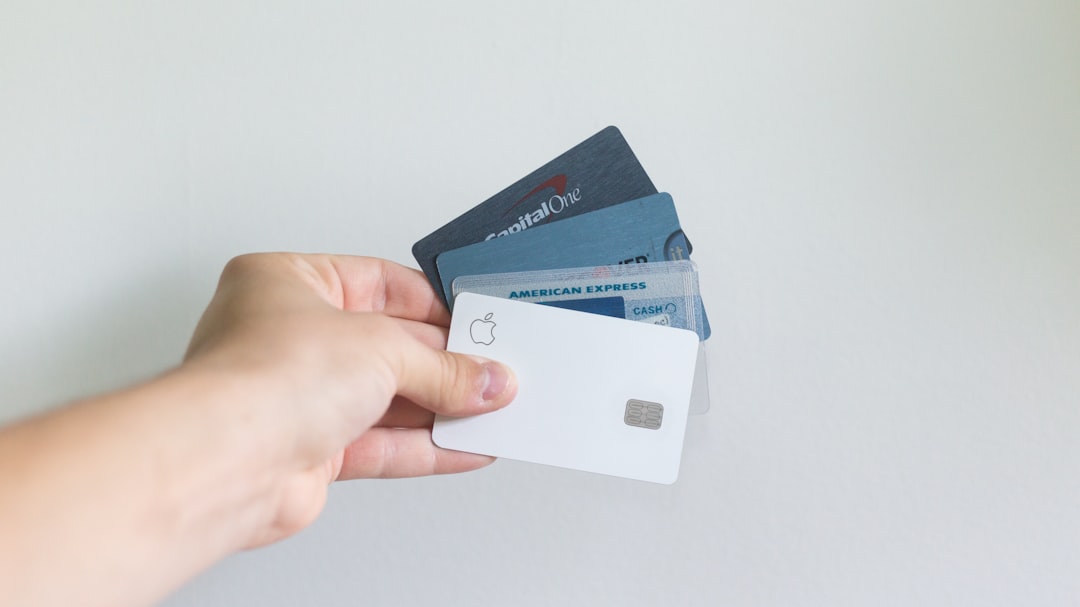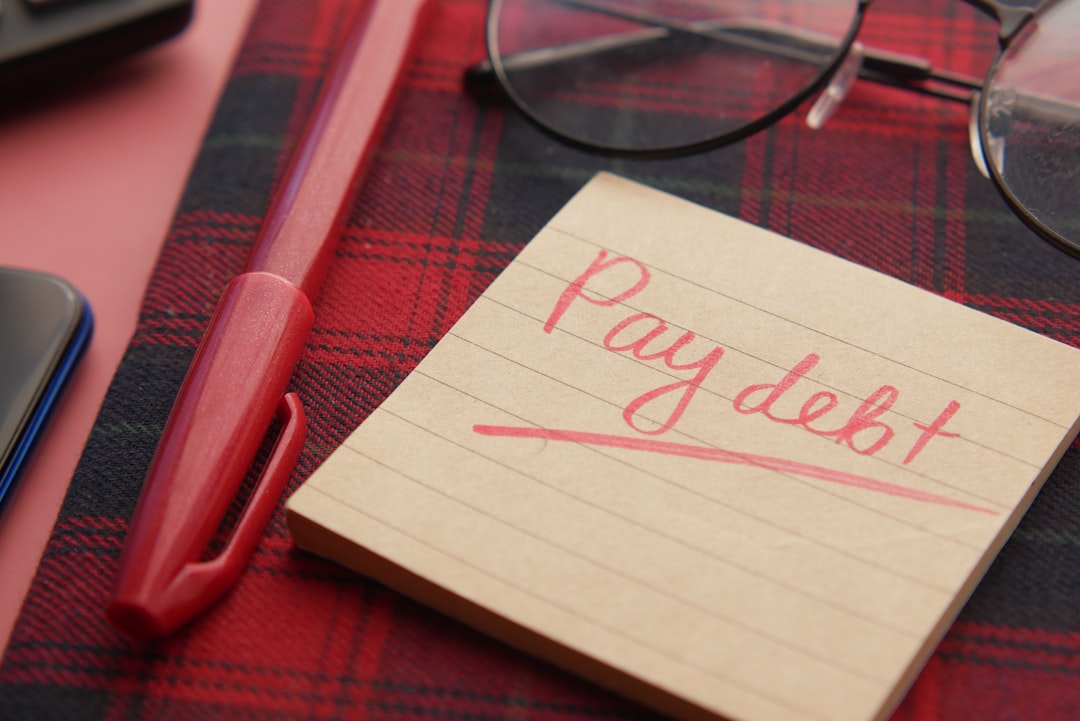Debt consolidation, particularly through unsecured loans, offers a strategic way to manage multiple debts by combining them into one single loan with lower interest rates. Unsecured debt consolidation loans don't require collateral and are based on creditworthiness alone, making them accessible to a wider range of borrowers. The primary benefits include reduced monthly expenses, simplified repayment processes, and improved cash flow management. However, it's crucial to assess your financial situation, credit score, and repayment capacity before applying. Effective management involves creating a realistic budget, prioritizing debt repayment, and using methods like the debt snowball or avalanche approach.
Struggling with multiple personal loans and credit card debts? Debt consolidation could be the solution you need. This comprehensive guide explores various debt consolidation options, including unsecured debt consolidation loans—a popular choice without collateral. We’ll delve into the pros and cons of different methods, help you choose between personal loans and credit cards, and provide a step-by-step process for securing a loan. Additionally, discover effective strategies to manage and repay consolidated debts successfully.
- Understanding Debt Consolidation: A Comprehensive Guide
- Unsecured Debt Consolidation Loans: What You Need to Know
- Advantages and Disadvantages of Different Consolidation Methods
- Evaluating Your Options: Personal Loans vs. Credit Cards
- The Process of Securing a Debt Consolidation Loan
- Effective Strategies for Repaying Consolidated Debts
Understanding Debt Consolidation: A Comprehensive Guide

Debt consolidation is a strategic approach to managing multiple debts by combining them into one single loan, often with a lower interest rate. This simple yet powerful tool can help individuals gain control over their finances and simplify repayment processes. The main goal is to reduce the overall debt burden and make it easier to stay on track with repayments.
One common type of debt consolidation is an unsecured debt consolidation loan, which doesn’t require any collateral. It’s a great option for those who want to streamline their payments without putting up assets as security. This method can significantly reduce monthly expenses by consolidating personal loans and credit cards into one manageable repayment, allowing individuals to focus on paying off their debt more efficiently.
Unsecured Debt Consolidation Loans: What You Need to Know

Unsecured debt consolidation loans are a popular option for individuals looking to simplify their debt repayment process. Unlike secured loans that require collateral, unsecured loans are based solely on your creditworthiness and do not demand the pledge of any asset. This makes them accessible to a broader range of borrowers. The primary advantage lies in the flexibility they offer; you can choose a loan term that aligns with your financial comfort level and budget.
These loans can be used to consolidate multiple debts, typically personal loans and credit cards. By combining these into one loan with a potentially lower interest rate, you can reduce monthly payments and save on overall interest charges. However, it’s crucial to assess your current financial situation, credit score, and repayment capacity before applying for an unsecured debt consolidation loan to ensure it’s the right fit.
Advantages and Disadvantages of Different Consolidation Methods

Debt consolidation offers a structured approach to managing multiple debts, but different methods come with their own sets of advantages and disadvantages. One popular option is an unsecured debt consolidation loan, which involves borrowing a single sum to pay off various creditors. This method provides several benefits; it simplifies repayment by consolidating debts into one fixed payment, potentially saving on interest rates compared to individual credit card balances. Additionally, it improves cash flow management by reducing the burden of multiple due dates.
However, unsecured loans may not be suitable for everyone. Lenders often require good credit scores and a stable financial history, making it challenging for individuals with poor credit or limited borrowing options. Furthermore, if repayment terms are not met, there is no collateral to protect the lender, potentially resulting in higher interest rates or collection actions. It’s crucial to weigh these factors when considering an unsecured debt consolidation loan as part of your financial strategy.
Evaluating Your Options: Personal Loans vs. Credit Cards

When considering debt consolidation, understanding the differences between personal loans and credit cards is crucial. Personal loans are typically unsecured debts, meaning they aren’t backed by any collateral. This type of loan offers a fixed interest rate and a defined repayment period, making it an attractive option for those seeking stability in their repayments. On the other hand, credit cards operate on a variable interest rate model, which can fluctuate based on market conditions. While this provides flexibility in the short term, it often results in higher long-term costs.
Unsecured debt consolidation loans provide a straightforward path to managing multiple debts. By consolidating your personal loan and credit card balances into a single loan with a lower interest rate, you simplify repayment and potentially save money. This is especially beneficial for those who have faced financial challenges, as it offers a chance to stabilize their finances and rebuild creditworthiness over time.
The Process of Securing a Debt Consolidation Loan

Debt consolidation loans are a popular strategy for managing multiple debts, especially personal loans and credit cards. The process begins with an applicant evaluating their current financial situation and understanding their debt obligations. This involves listing all outstanding debts, calculating monthly payments, and assessing interest rates. Once ready, they can approach lenders offering unsecured debt consolidation loans. These loans differ from secured options as they don’t require collateral but often carry variable interest rates. Lenders will assess the borrower’s creditworthiness through a thorough review of their credit history and financial statements.
After approval, the loan proceeds are used to pay off the existing debts. This simplifies repayment by consolidating multiple debts into one with a potentially lower overall interest rate. Borrowers then make consistent monthly payments to the lender over an agreed-upon term, typically 3-5 years. This streamlined approach can save money on interest and provide better management of debt repayments.
Effective Strategies for Repaying Consolidated Debts

After consolidating your personal loan and credit card debts into a single, lower-interest unsecured debt consolidation loan, it’s crucial to implement effective strategies for repayment. The first step is to create a realistic budget that accounts for your new loan payments alongside other essential expenses. Prioritize paying off the consolidated debt by making more than the minimum payments each month; the extra funds will significantly reduce the interest you pay and the time it takes to repay the loan.
Consider using the debt snowball method, where you focus on paying off smaller debts first while making minimum payments on larger ones, or the debt avalanche method, which involves targeting high-interest debts first. Regularly reviewing and adjusting your budget will help ensure you stay on track. Additionally, automating your loan payments can prevent missed deadlines and save you money in interest charges. Remember that consistent effort and discipline are key to successful debt consolidation.
Debt consolidation offers a strategic approach to managing multiple debts, providing clarity and financial control. By understanding the various methods, such as unsecured debt consolidation loans, individuals can make informed decisions to simplify their repayment process and potentially reduce overall interest costs. Evaluating personal loan vs credit card consolidation options, and following effective repayment strategies, allows for a more manageable financial journey towards debt-free living.
